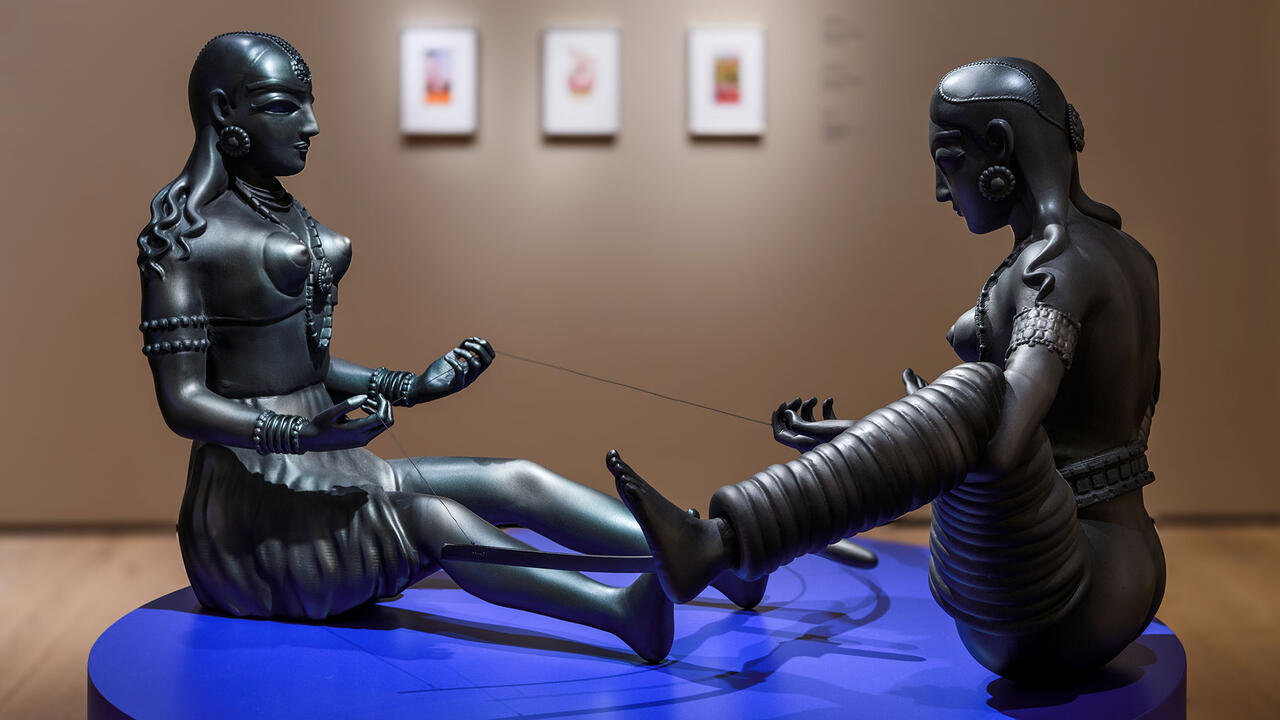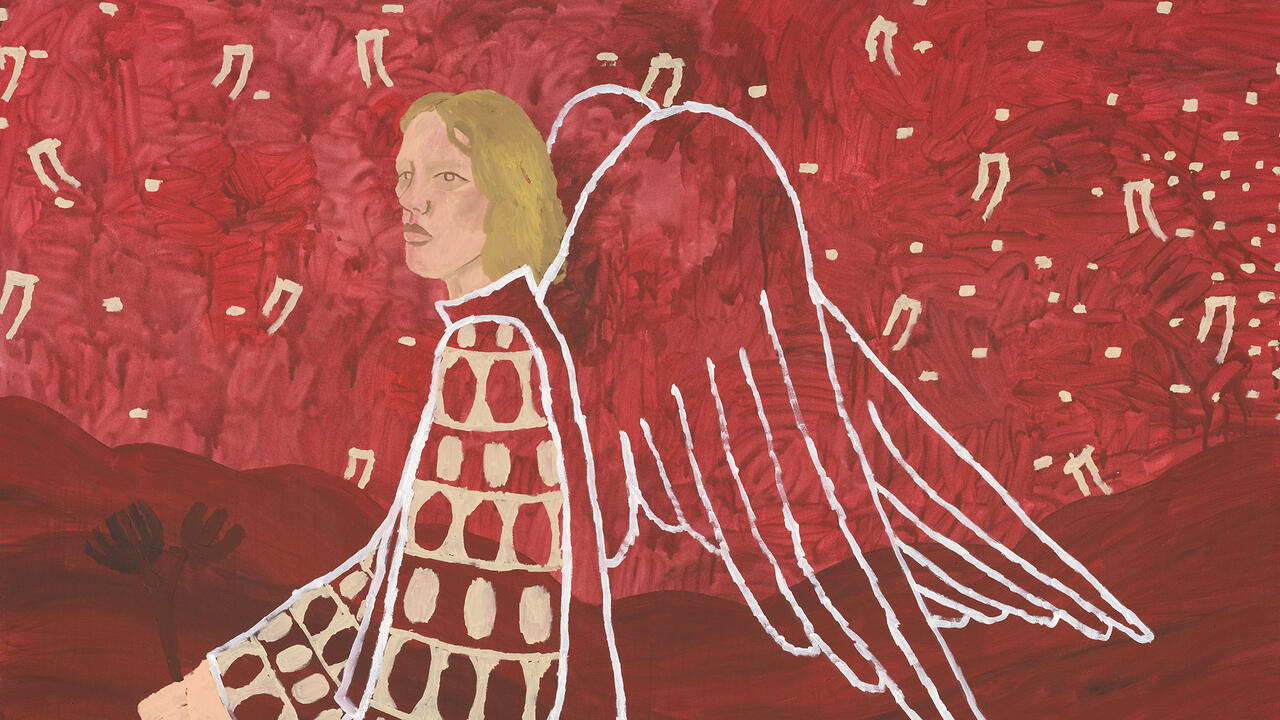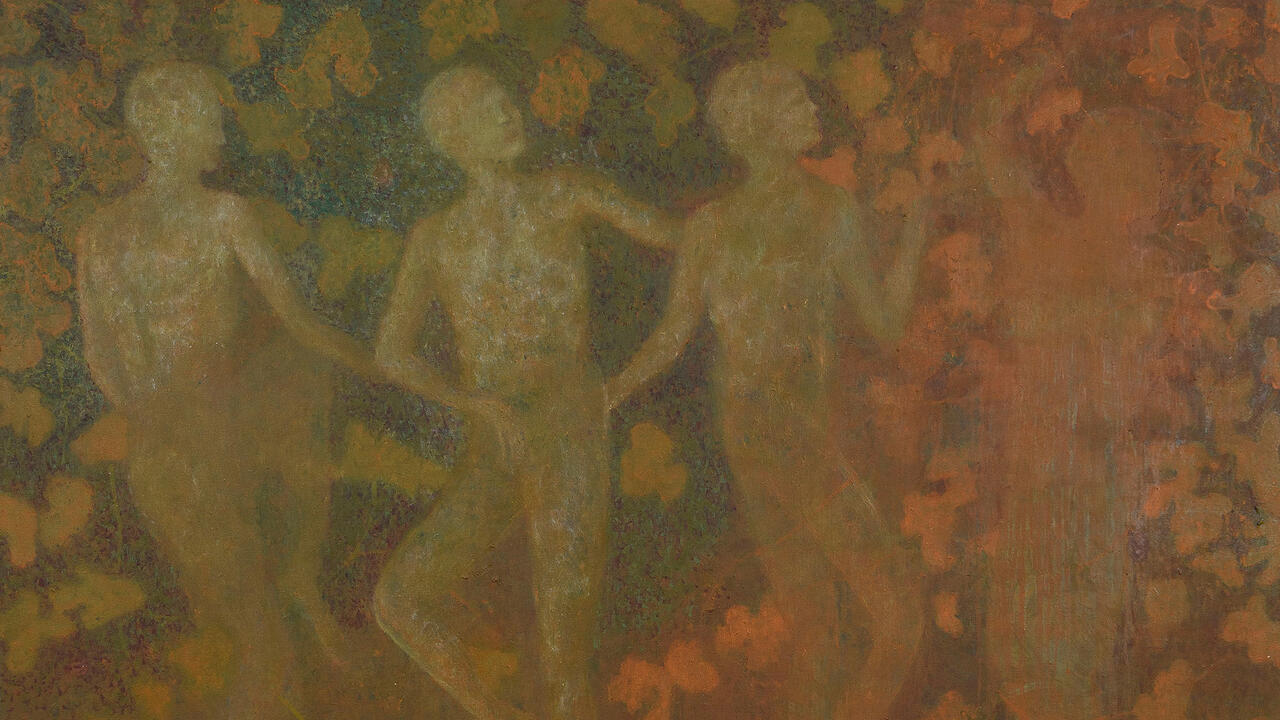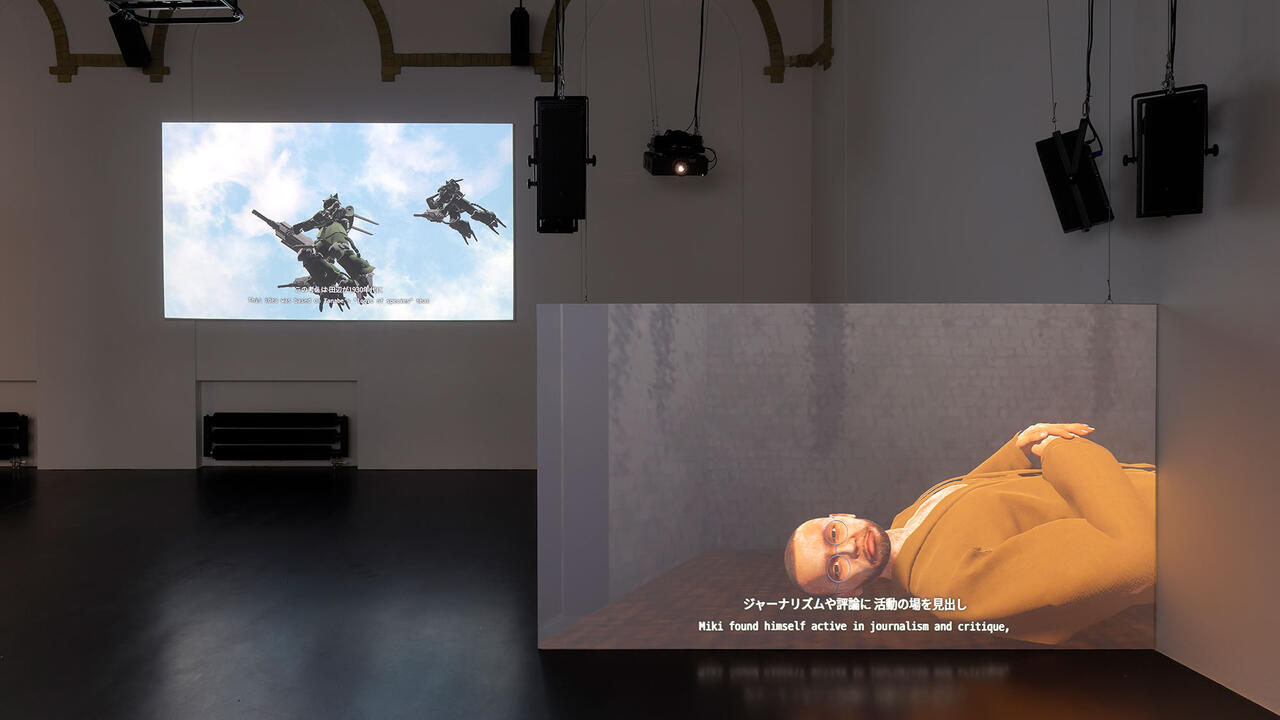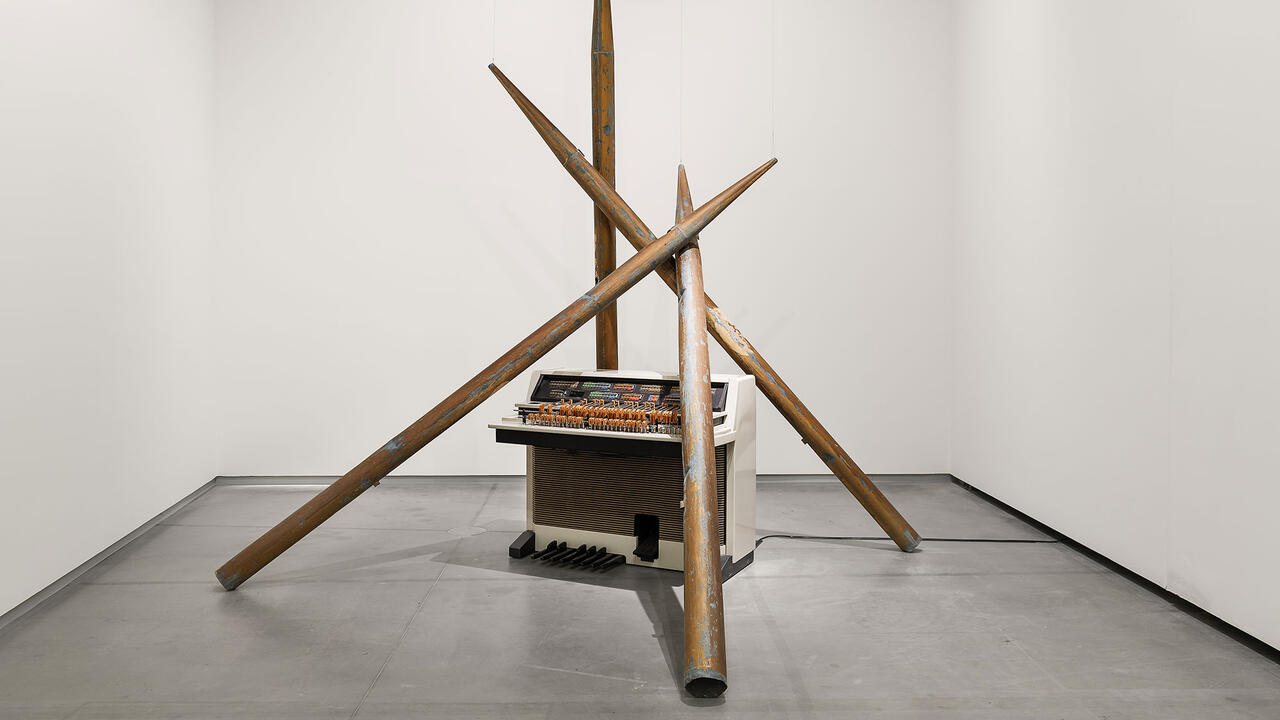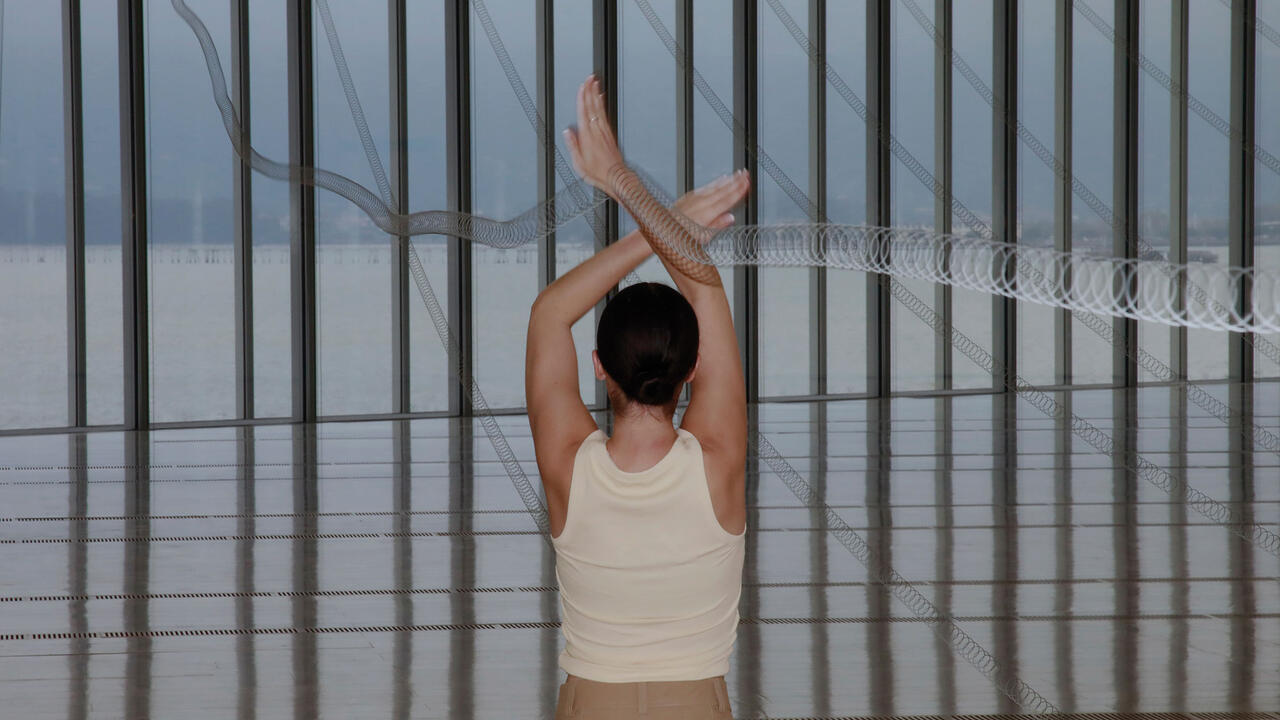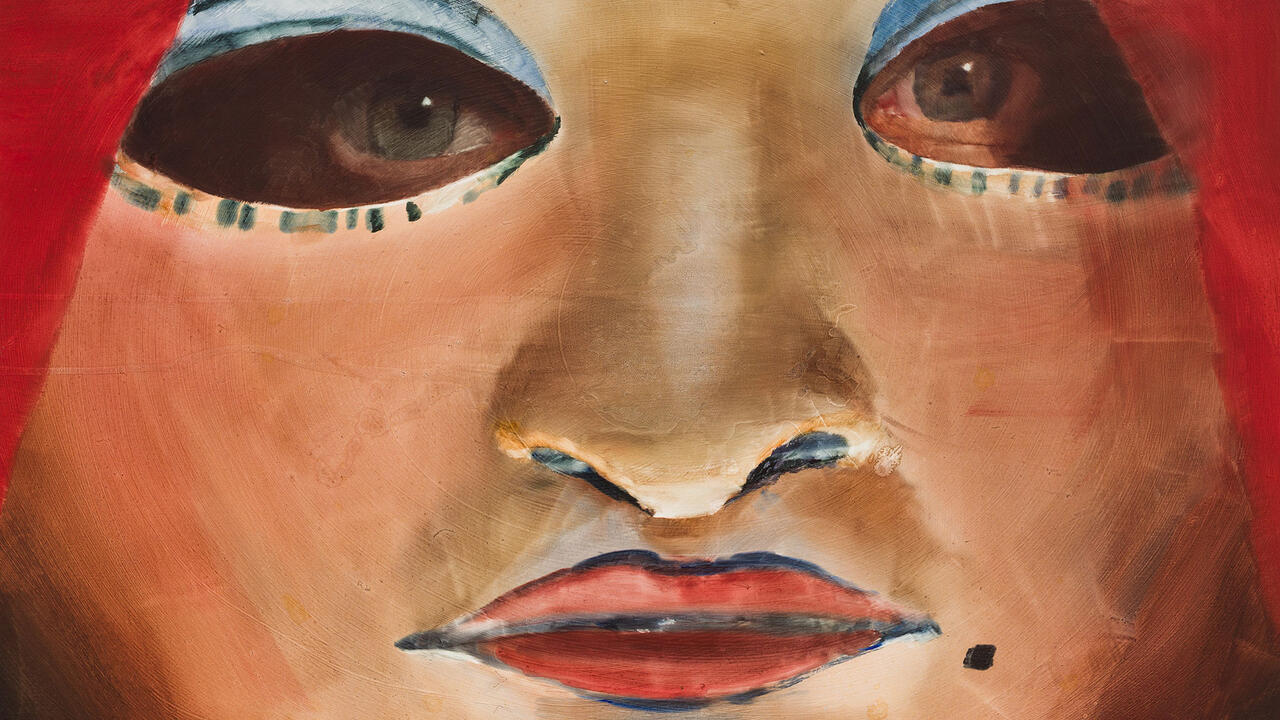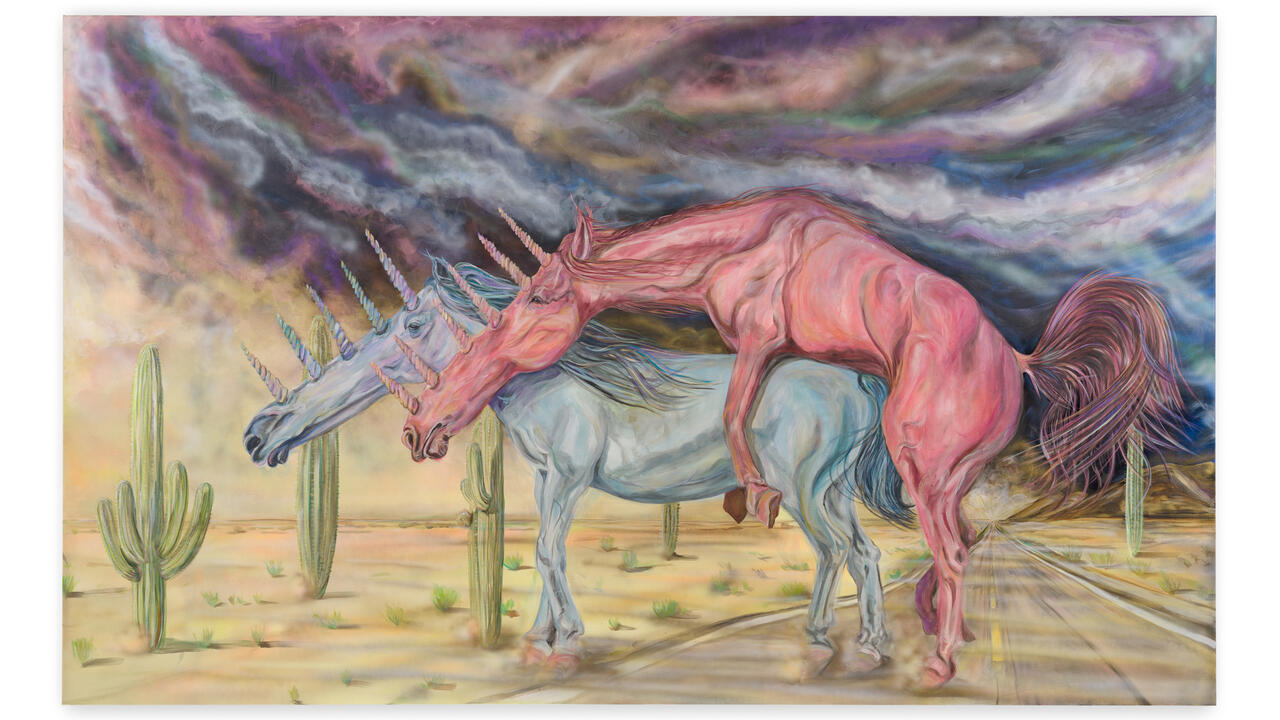Paul Kolling’s ‘Nadir’ Unlocks a Bird’s Eye View
At Kunstverein München, a new film by the artist explores the use of aerial photography as propaganda during the National Socialist Regime
At Kunstverein München, a new film by the artist explores the use of aerial photography as propaganda during the National Socialist Regime

Unlocking perspectives previously unavailable to the human eye, aero-photogrammetry was revolutionary when it was developed around a century ago, primarily for the creation of military maps and surveillance systems. Since warping is inevitable with any translation from three-dimensions to two, however, it became standard practice for ‘the nadir image’ – the view of the ground directly beneath – to be taken in order to provide the most accurate and detailed perspective of a given territory. This unavoidable distortion not only informs the title of Paul Kolling’s solo show, ‘Nadir’, at Kunstverein München but also his technical approach to the representation of space through photogrammetry.

Shown in the narrowed, darkened hall of the Kunstverein on a rectangular, floor-to-ceiling screen, Nadir (2023–24) depicts aerial views of landscapes isolated from their physical geolocations. The sequence was created by matching recent photogrammetric records with photographs of a flight route taken by Hansa Luftbild GmbH, a publisher placed under the control of the Ministry of Aviation during the Third Reich. Printed in the book Luftbild-Lesebuch (Aerial Photo Reader, 1934) and the magazines Luftbild und Luftbildmessung (Aerial Photography, 1920s, and Aerial Photogrammetry, 1944), the images, we learn from the exhibition literature, acted as propaganda tools to convey the benefits of aerial photography to the public. Printed without references, the original photographs – and, consequently, the coordinates of the territories they depicted – were lost when the Hansa Luftbild archive burned down at the end of World War II. For Nadir, Kolling thus re-created the flight route by inferring the real coordinates using permanent geo-features, such as mountains and rivers, of which he then sourced photographs and transferred them onto 35mm film to create the illusion of a single, continuous take.

In Modernist Avant-Garde Aesthetics and Contemporary Military Technology (2010), Ryan Bishop claims that the wide range of effects inherent in the technological mediation of images might lead to delusion and misunderstanding on the part of audiences. Today, any person with access to a computer or smartphone is likely to be familiar with aerial imagery. In the 1930s, however, during the early stages of aero-photogrammetry, the civilian eye was not yet so discerning. The images and topological analyses in the books produced by Hansa Luftbild were conceived to educate and to engage civilians with military imagery at a time of imminent war. Kolling’s work highlights the true purpose of the imagery: to indoctrinate and condition civilians’ visual imaginations towards a convenient understanding of space in line with the agenda of the National Socialist regime.

By reducing complex geographies to mere dots and lines observed from a distance, aerial images render landscapes abstract and, by extension, dehumanize those that live within them. For Bishop and Phillips, the distance between the image and the viewer is abolished when it is registered by machines which see further than the human eye. Yet, this deployment not only distorts the represented space, but also the notion of the image as such. In Nadir, Kolling explores this notion, as well as potentially misleading sociopolitical implications of spatial representation, while his focus on publications printed directly prior to World War II and on material taken from the Third Reich’s perspective imparts the work with a disturbing, yet timely, quality. Today, global antagonisms multiply and escalate, accompanied by reactionary and bellicose pronouncements: military budgets are skyrocketing; German and British politicians have been openly fantasizing about re-implementing conscription. Scenarios that would have seemed unimaginable only a few years ago are becoming increasingly quotidian, recalling parallels to the darkest moments of recent history. For all of its focus on the spatial, Nadir, by bringing this past into the present, abolishes another type of distance: the chronological.
Paul Kolling’s ‘Nadir’ is on view at Kunstverein München, Germany, until 21 April
Main image: Paul Kolling, Nadir, 2023/24, film still. Courtesy: the artist











